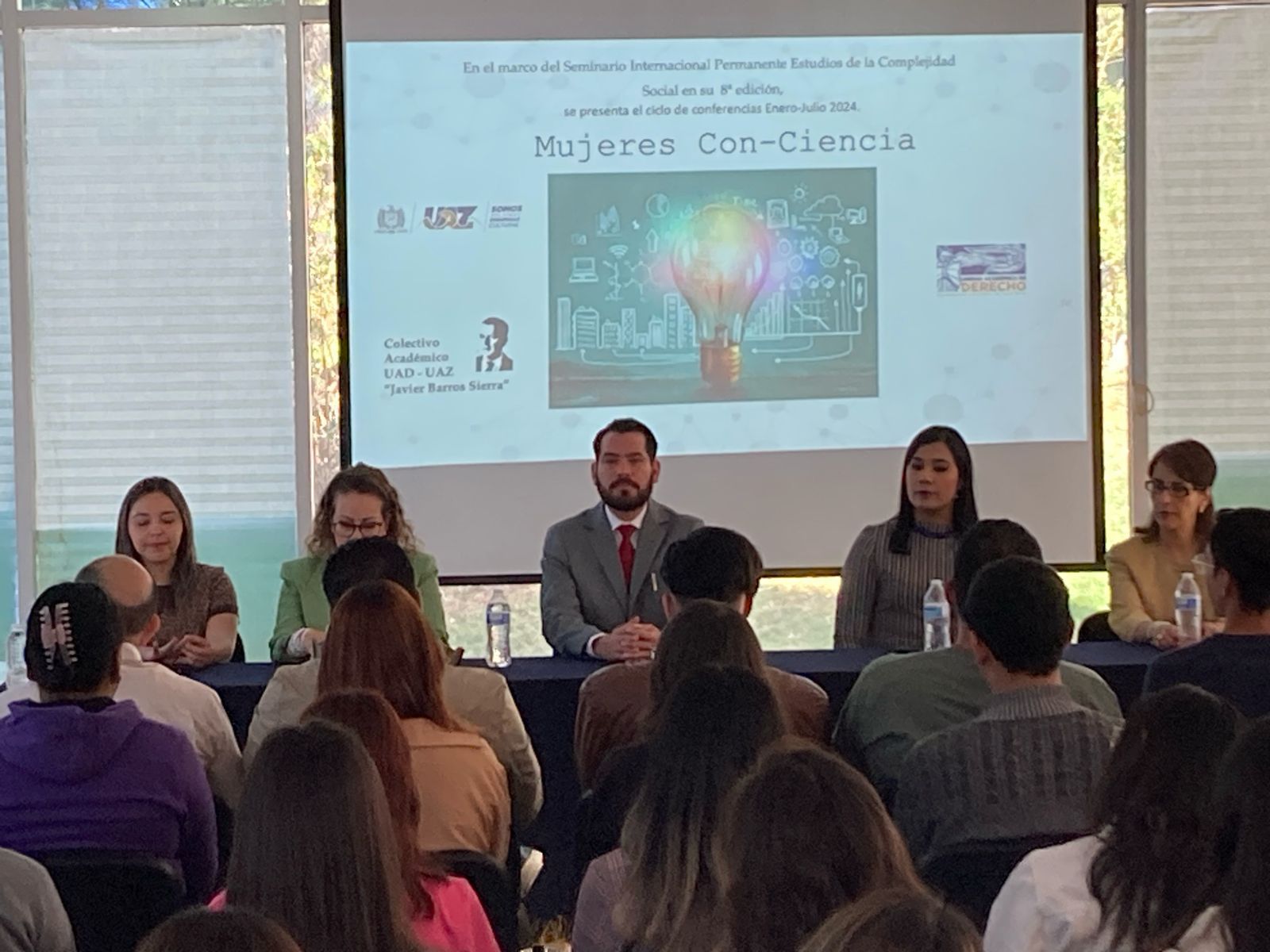Madrid, 14 (European press)
Abu Huraira is an archaeological site that was occupied thousands of years ago, extending through the transition from hunting and gathering to farming and herding. Although a significant amount of research has explored this transition at many archaeological sites, much remains to be determined regarding the exact timeline, including the full scope of early animal husbandry practices that may have preceded large-scale grazing.
To shed new light, Alexia Smith of the University of Connecticut and her colleagues turned to ancient animal droppings. Specifically, they analyzed the presence of globular dung—small lumps of calcium carbonate found in animal dung—at Abu Hurayrah, and considered this evidence along with other archaeological, archaeological, and zoological evidence.
Their analysis, published in PLOS ONE, indicates that the people who occupied Abu Huraira between 12800 and 12300 years ago (during the Epipalaeolithic) burned dung for fuel and probably kept animals, and possibly sheep, immediately outside their dwellings.
Later, according to the evidence, Neolithic occupants continued to use dung for fuel and also used it to prepare plaster floors. The subsequent decrease in sulfur levels in sediments could correspond to the increase in the grazing of animals on a larger scale and away from dwellings.
These findings add to the small but growing body of evidence supporting the possibility that people began to develop animal management practices during or even before the development of vegan agriculture, challenging the prevailing view that farming started first.
The researchers plan to further study the animals’ previous presence in Abu Huraira, and say more research is needed to determine the prevalence of early animal welfare practices elsewhere in Southeast Asia. This research can be supported by a new method for distinguishing between ancient and modern manure, developed for this study.
“Until recently, it was difficult to find a way to allow archaeologists to examine early animal husbandry experiences prior to domestication and grazing, so it is really exciting to see that animal dung remains can help us trace the different ways that people interacted with early animals. ‘,” the authors note.
They said, “We were surprised to learn that hunters were bringing live animals to Abu Huraira between 12,800 and 12,300 years ago and keep them outside their hut.” In line with what you would expect in the Euphrates Valley.”

:quality(70)/cloudfront-us-east-1.images.arcpublishing.com/metroworldnews/4OJKBW4ZTZGODCQ53CZPGZH3U4.jpg)



